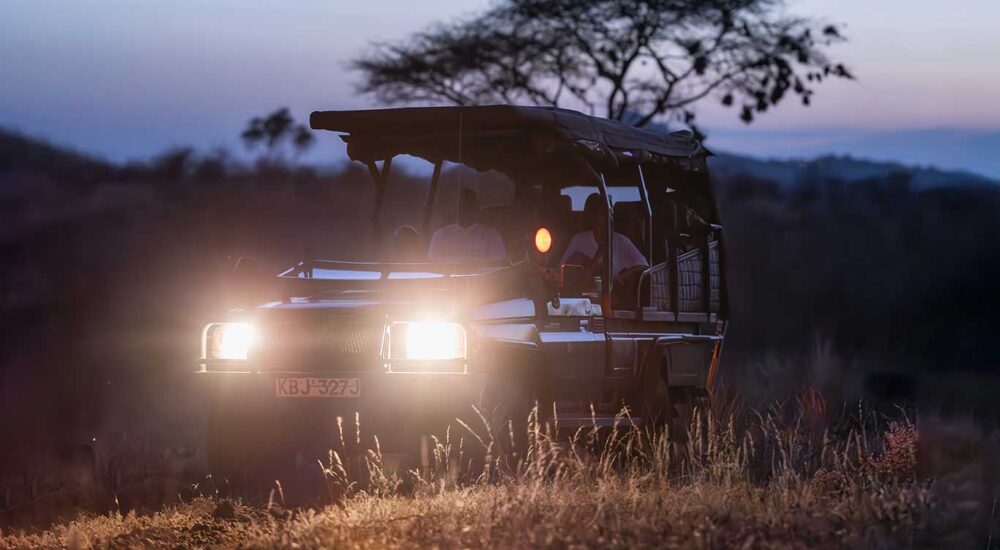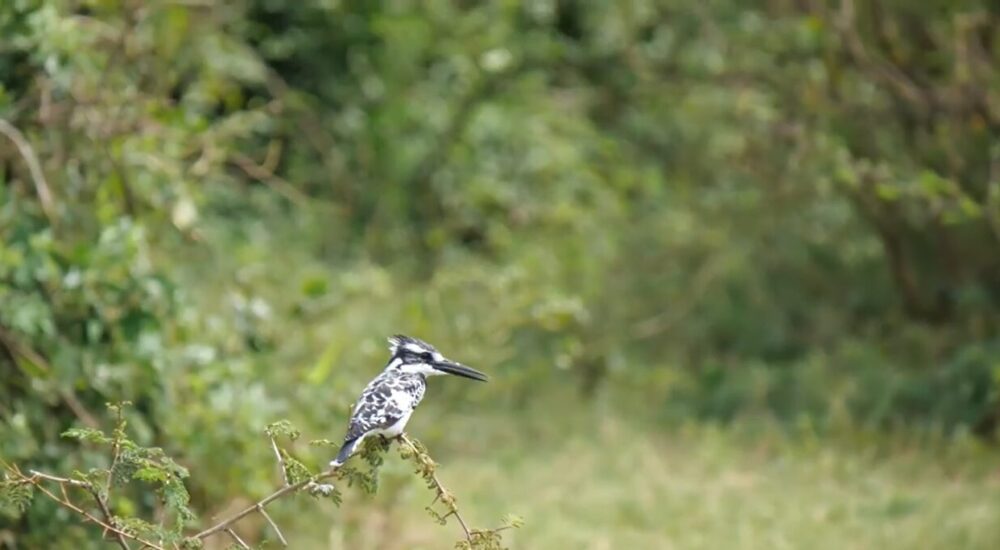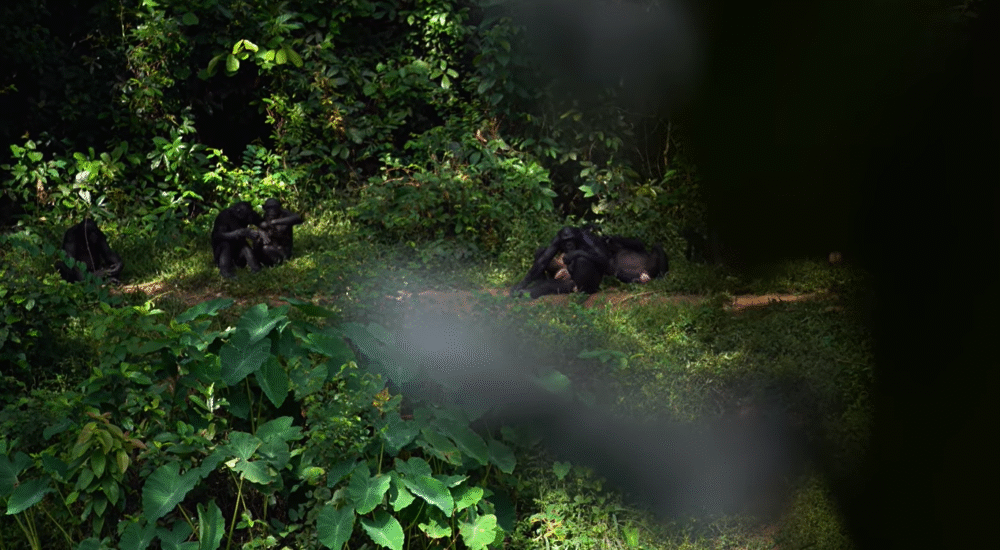Uganda, often known as the "Pearl of Africa," is famous for its diverse wildlife, lush…
Chobe National Park Botswana
Chobe National Park Botswana – Game safaris in Botswana.
Elephant populations as high as 50,000 are seen in Botswana’s Chobe National Park. In addition to these enormous herds, the hills that overlook the Chobe River flood basin are home to a variety of interesting animals, including roan and sable leopards, as well as one of the greatest concentrations of greater kudu in Africa.
Exploring Botswana’s Chobe National Park on Safari
The variety of offered activities allows visitors to Chobe to explore this breathtaking region of Africa from several angles, which is one of the many things that make this park unique. Traveling through Chobe National Park in a car, on foot, or by boat is one of the best ways to see the African jungle.
Things to Do in Botswana’s Chobe National Park Game Drives
The most obvious thing to do when visiting Chobe National Park is to go on a wildlife drive. In most cases, this is the greatest approach to see the predators of Chobe National Park, together with the beautiful and undulating scenery and ecosystems that extend beyond the river. You have the option to drive yourself or to book a morning game drive with most lodges.
Cruises on the Water
Sunset boat tours in Chobe are legendary, drawing in hordes of photographers and birdwatchers while providing the ideal backdrop for a few of refreshing cocktails. The river’s sizable crocodile and hippos population, as well as huge herds of elephants, may be best seen from this vantage point.
![]()
Safaris on the water in Botswana
Photo Adventures
Chobe National Park offers breathtaking wildlife photography possibilities, and an Africa travel expert can help you make the most of them, whether you’re a complete beginner or a seasoned veteran. Experienced photographers accompany each customer in specially built boats and vehicles while using top-of-the-line cameras and lenses.
Hunting for fish
Many people go fishing in the Chobe because of the amount of fish in the river. Lodges and companies abound that can arrange for guided fishing excursions complete with gear and an expert guide. Here you may reel in the fabled Tiger fish and a variety of bream that are perfect for the braai.
Organised Nature Walks
Taking a guided bush walk is the best way to see the African bush up close and personal. This exclusive and personal activity is offered by only a few lodges in the beautiful Chobe Forest Reserve enclave of the national park. Here we have unspoiled, untamed Africa.
Exploring Local Communities
Those interested in the region’s rich cultural history will love this excursion, which includes a wooden makoro canoe ride over the Chobe River and on foot visits to many traditional tribal settlements in Namibia.
Chobe National Park: Directions Botswana Tourism
Traveling to Chobe by Air
As far as flights to Chobe National Park are concerned, there are a few options. A number of airports close to the reserve are serviced by South African Airways. Destinations such as Kasane Airport (BBK), Livingstone Airport (LVI) in Zambia, and Victoria Falls Airport (VFA) in Zimbabwe may be reached from South Africa’s OR Tambo Johannesburg International Airport. Another option is to get to Kaanse from Gabarone, the capital of Botswana. A car transport may take you to your Chobe safari lodge from any of the airports in the area. The closest and most often served airport is Kasane, thus it’s best to travel straight there from Johannesburg. Your resort may or may not have a vehicle waiting for you when you arrive at Kasanse Airport.
It’s time to take off!
The highlight of each Chobe safari begins with the thrilling “lodge hop” to your resort. This is a transfer that takes place in the air using a smaller plane. You may arrange for these brief charter flights departing from Victoria Falls, Livingstone Airport, or Kasane Airport. Aistrips are often found near hotels in Chobe National Park. Your safari experience will go off to a memorable start with a lodge hop. Due to their low flying height, tiny aircraft provide for particularly picturesque flights. You may get a bird’s-eye view of Chobe National Park from the little window. Lodge hopping are not necessary for Kasane or Chobe Waterfront lodges, please be informed.
Road Travel to Chobe
Driving into Chobe National Park is possible with a rented car. An off-road vehicle is necessary.
Chobe National Park: When to Go? The Botswanan
Although the best months to see wildlife in Chobe, northern Botswana, are May through October, the park is open all year. However, it is not all there is to it…
When it comes to wildlife parks in Africa, few can compare to Chobe National Park. After Gemsbok National Park and the Central Kalahari Game Reserve, it is the third biggest park in Botswana. Chobe National Park is famous for its high concentration of elephants; the park is home to an estimated 120,000 elephants, providing visitors with plenty of chances to see these majestic animals in action as they forage for food in the jungle or splash about in the rivers and other bodies of water. Be prepared to capture some incredible moments when you approach the elephants up close or see the young bulls engaging in a playful sparring session.
Chobe is a great place to go on a safari any time of year, but the dry months of May through October are when you’re most likely to see animals. Traveling at this season is not only the most convenient and pleasant, but also the busiest, for visitors. While most of the roads are dry and simple to traverse, a few are sandy and may be more difficult. The vegetation has thinned down, allowing for better animal viewing, and although the weather is mild during the day, it may become rather chilly at night.
Animals like as zebras, buffalo, lions, leopards, hyenas, and cheetahs may be seen in the park. There are also several types of antelope, including roan and sable, puku, tsessebe, eland, red lechwe, waterbuck, Chobe bushbuck, and, of course, giraffe, kudu, warthog, wildebeest, and impala. In the waterways you may also see crocodiles and massive groups of hippos.
After migrating from the arid interior, animals gather near rivers and other permanent and accessible water sources throughout the dry season. The park’s densest concentration of species may be seen along the riverbank strip that runs north of the reserve. You may see a lot of wildlife when driving down the river, or you can take a safari trip by boat.
The Chobe River region is home to a diverse range of vegetation, including riverine forest, bachestegia sandveld, floodplain grassland, mixed combretum veld, and mopane woodland.
However, You Must Not Miss the Green Season
From November through March, the rainiest months, the rainy season often arrives, turning arid regions into verdant havens. Though the animal moves away from waterholes and rivers, the water provides excellent game watching and some of the greatest birding chances. Babies, which animals carry all winter, finally hatch during the rainy season, so there are many of adorable little creatures to cuddle up with.
Daytime highs may reach 40 degrees Celsius, with humidity levels reaching 90%. Some of the unpaved roads may become inaccessible due to afternoon thunderstorms and cloud bursts. Between December and February, we often have our highest rainfall, which may lead to flooding in some places. Keep in mind that the malaria belt includes Chobe, and that the peak mosquito season is from May to September.
The wet season is the ideal time to see the over 450 bird species recorded at Chobe National Park. Among these, you can see storks, cranes, bee-eaters, raptors, fish eagles, kingfishers, pelicans, owls, vultures, terns, warblers, swallows, swifts, martins, and even the Pel’s fishing owl.
After a dry spell, the rains turn the Savuti Marsh into a verdant meadow that draws hordes of animals. Particularly common are zebras and wildebeests, who come through on their yearly journey from the marshes in the south of Linyati. After giving birth, they nurse their young on the newly sprouting grasses before moving on.
The river hotels in Chobe provide great fishing possibilities throughout the year. There are up to twenty different types of edible fish that can be found in this park, so be sure to bring your fishing gear. You may expect to see tiger fish, bream, catfish, African pike, and upper Zambezi yellowfish.
Chobe National Park offers an abundance of animal viewing opportunities throughout the year, and visitors are really spoiled for choice when it comes to choosing when to visit. Wildlife trips to Chobe National Park in Botswana may be arranged by Monumental Expeditions and Safaris.


